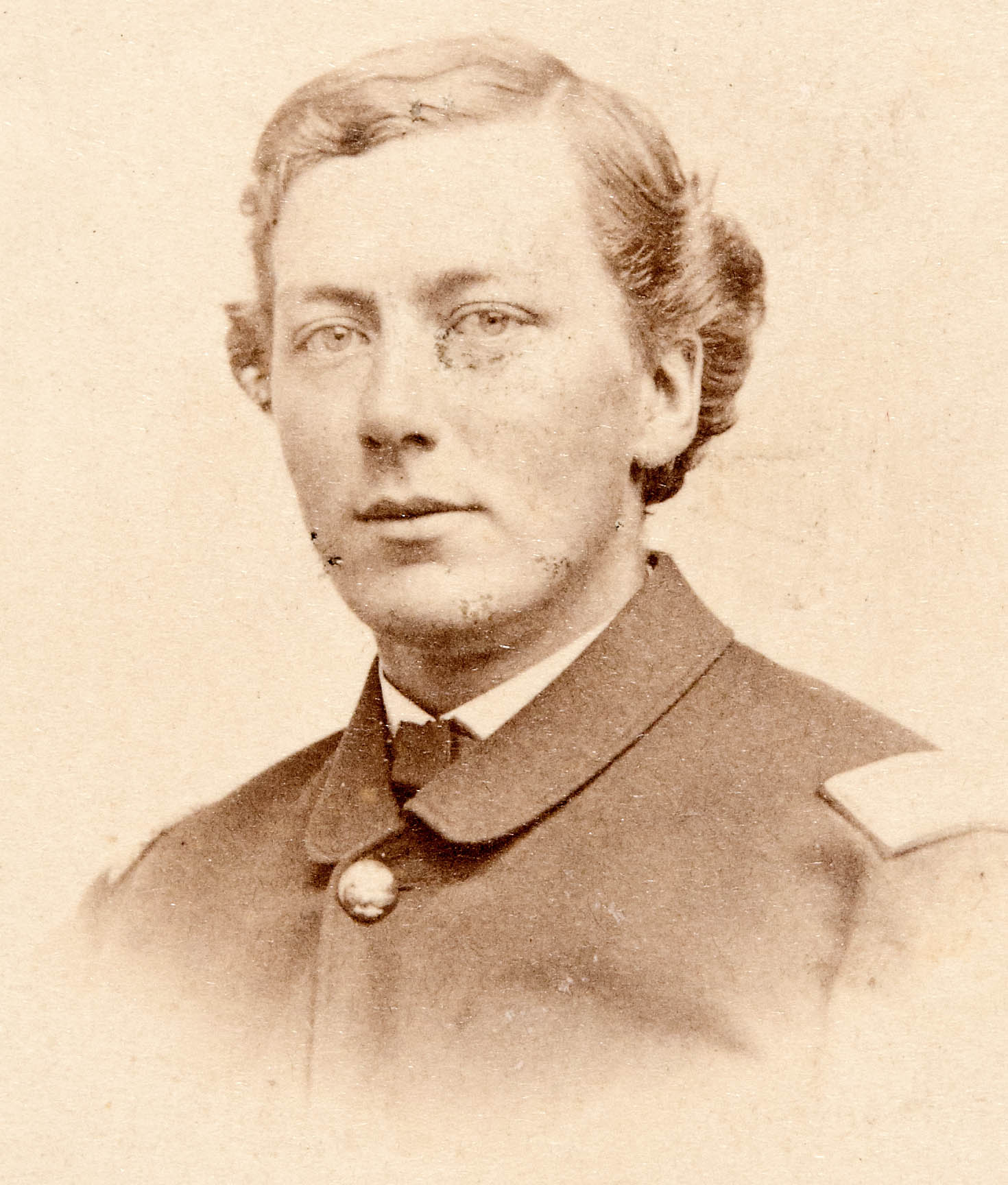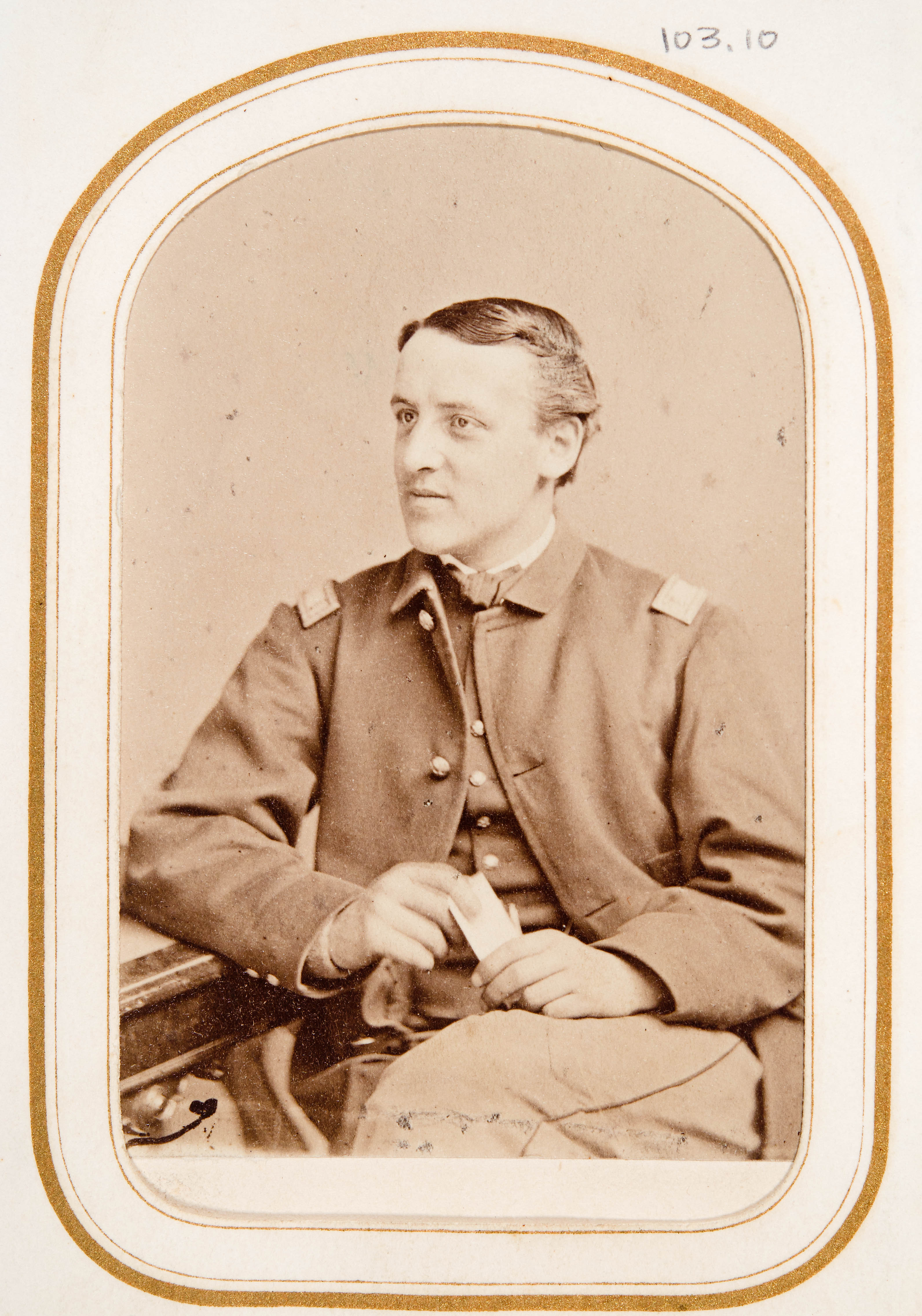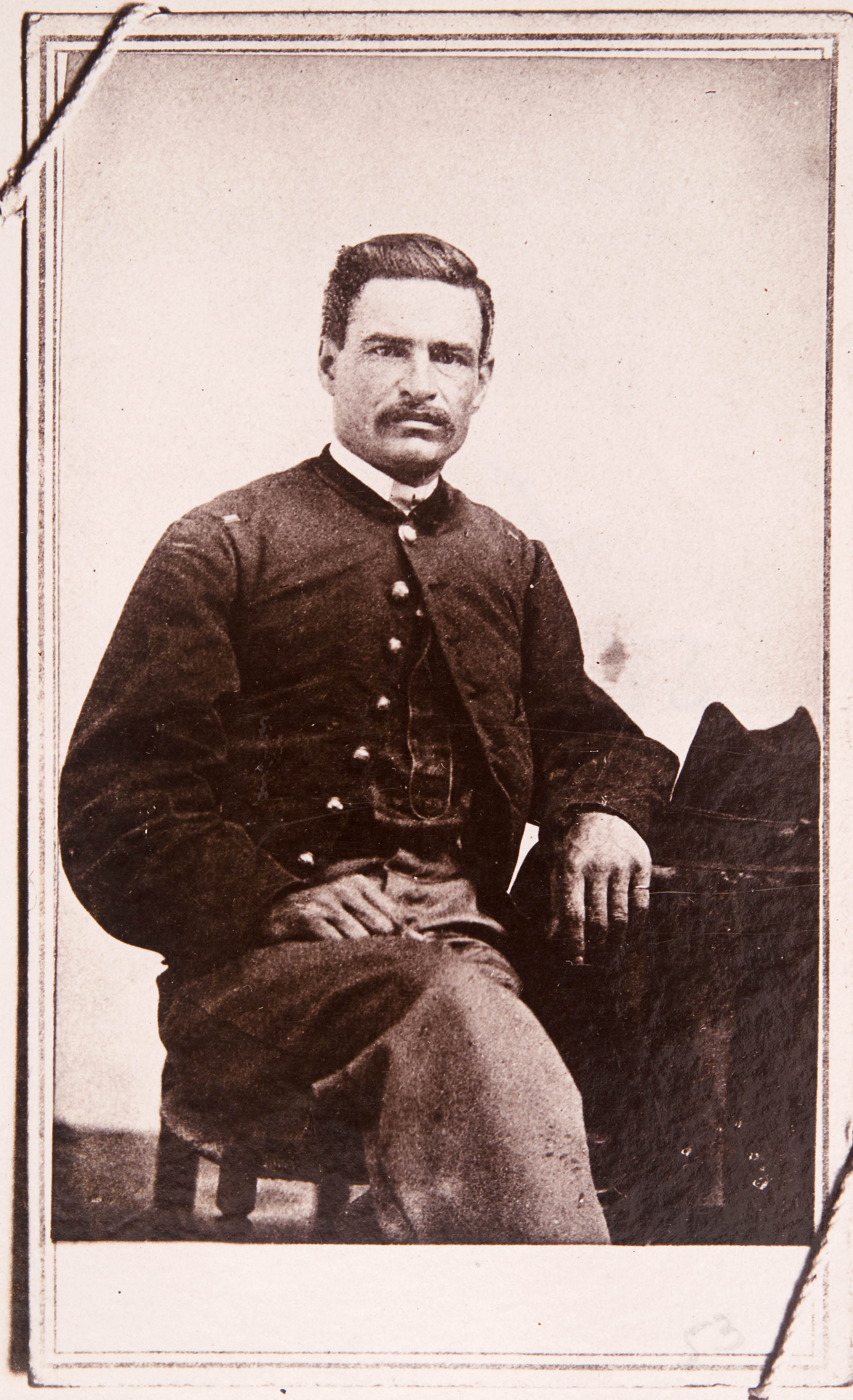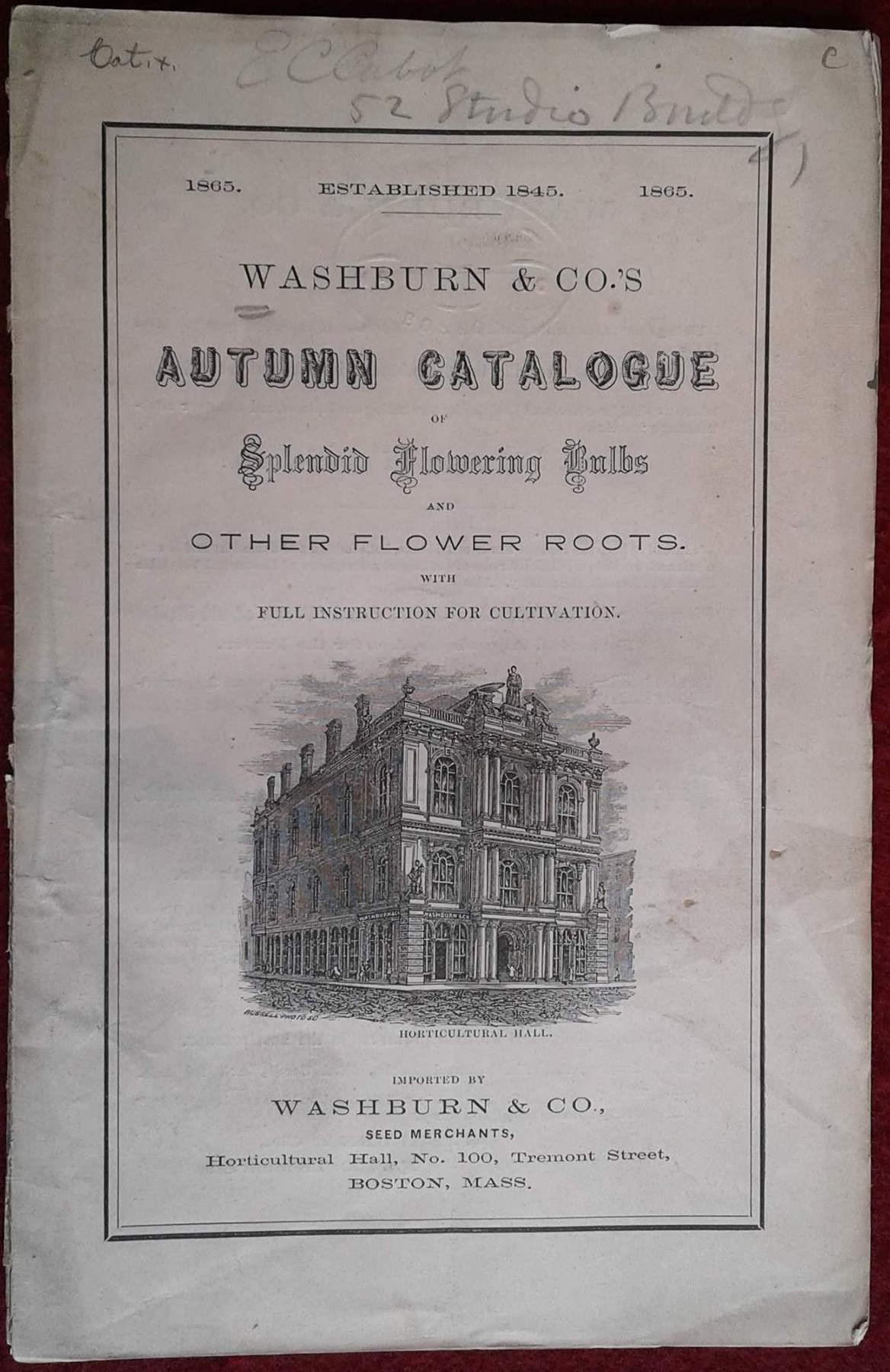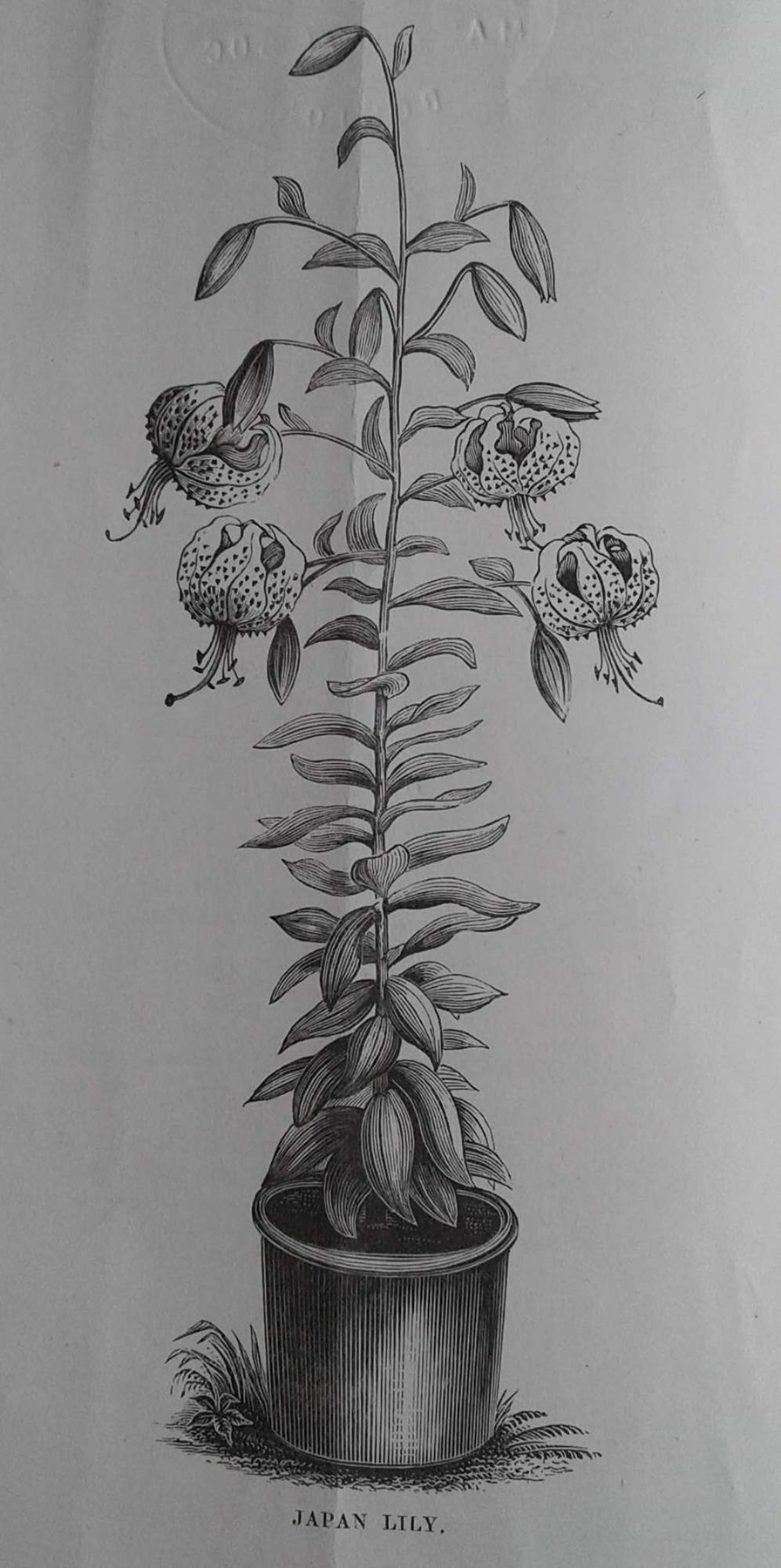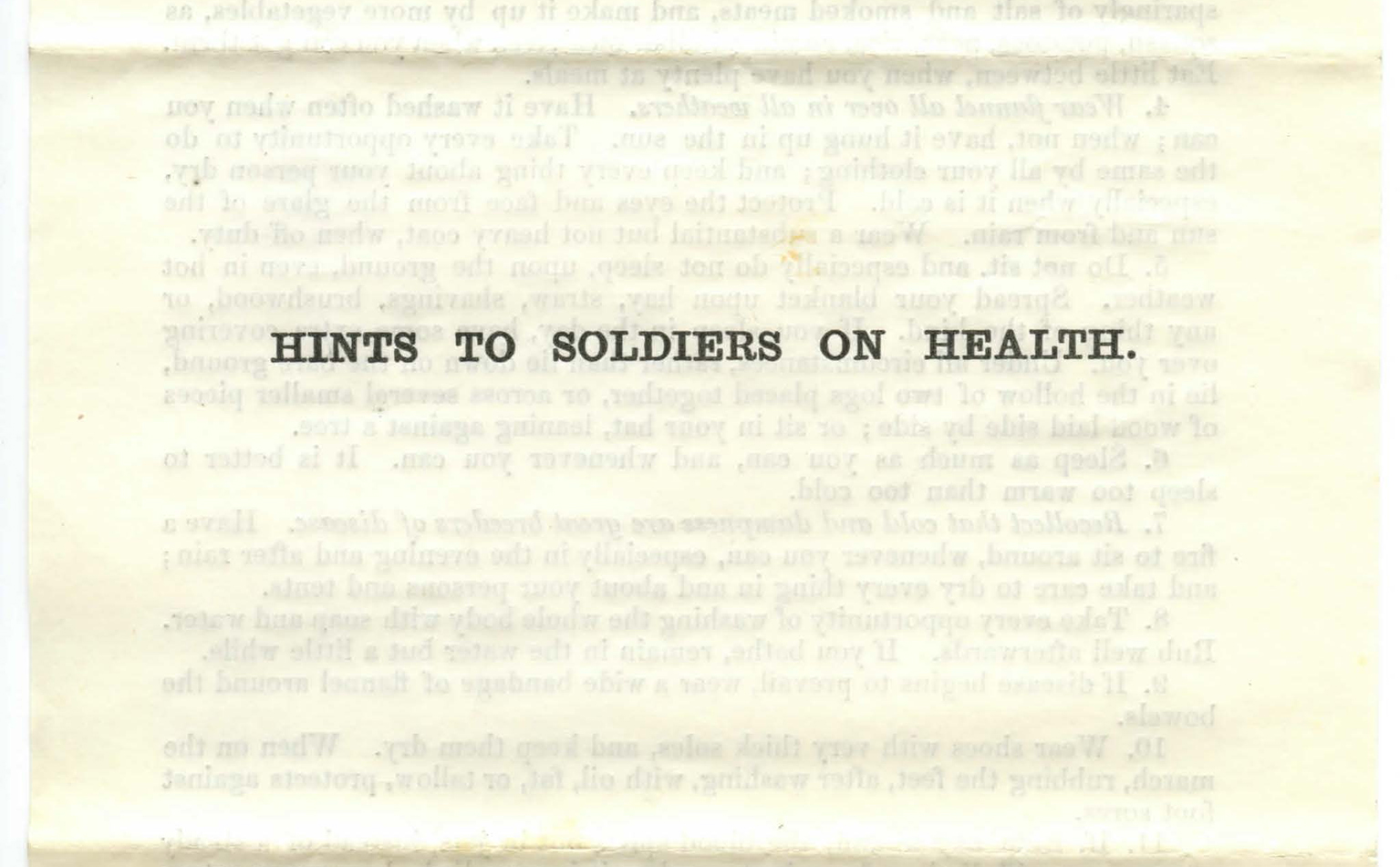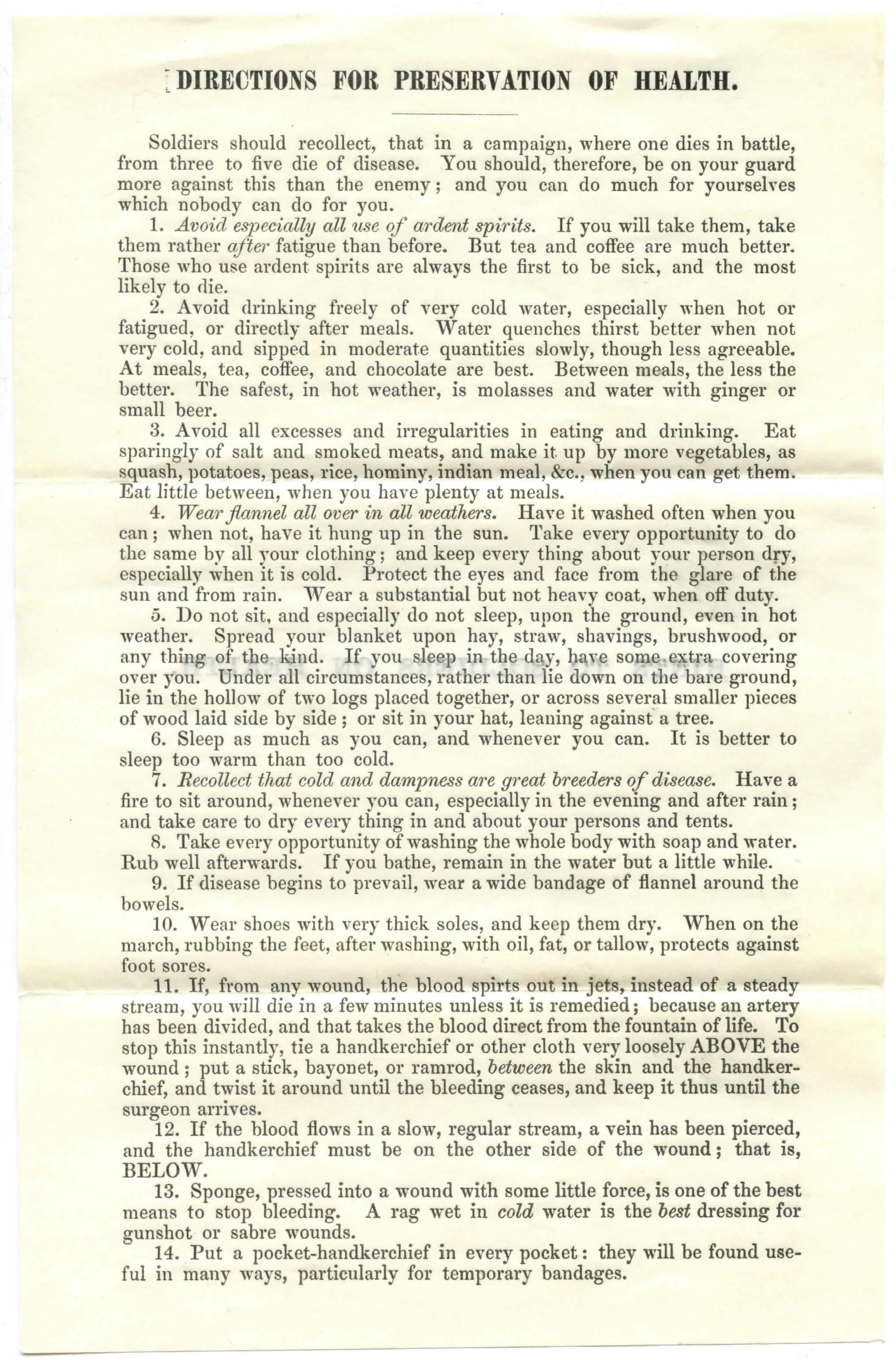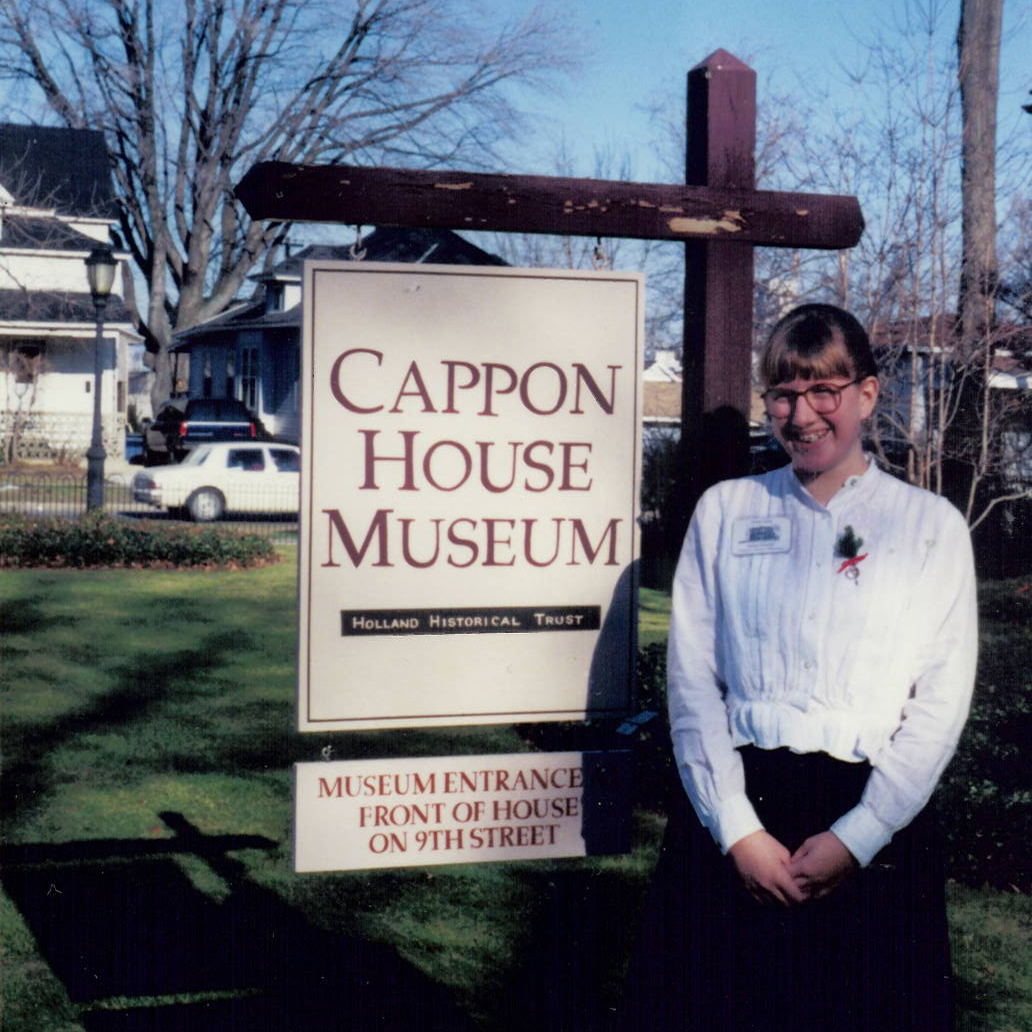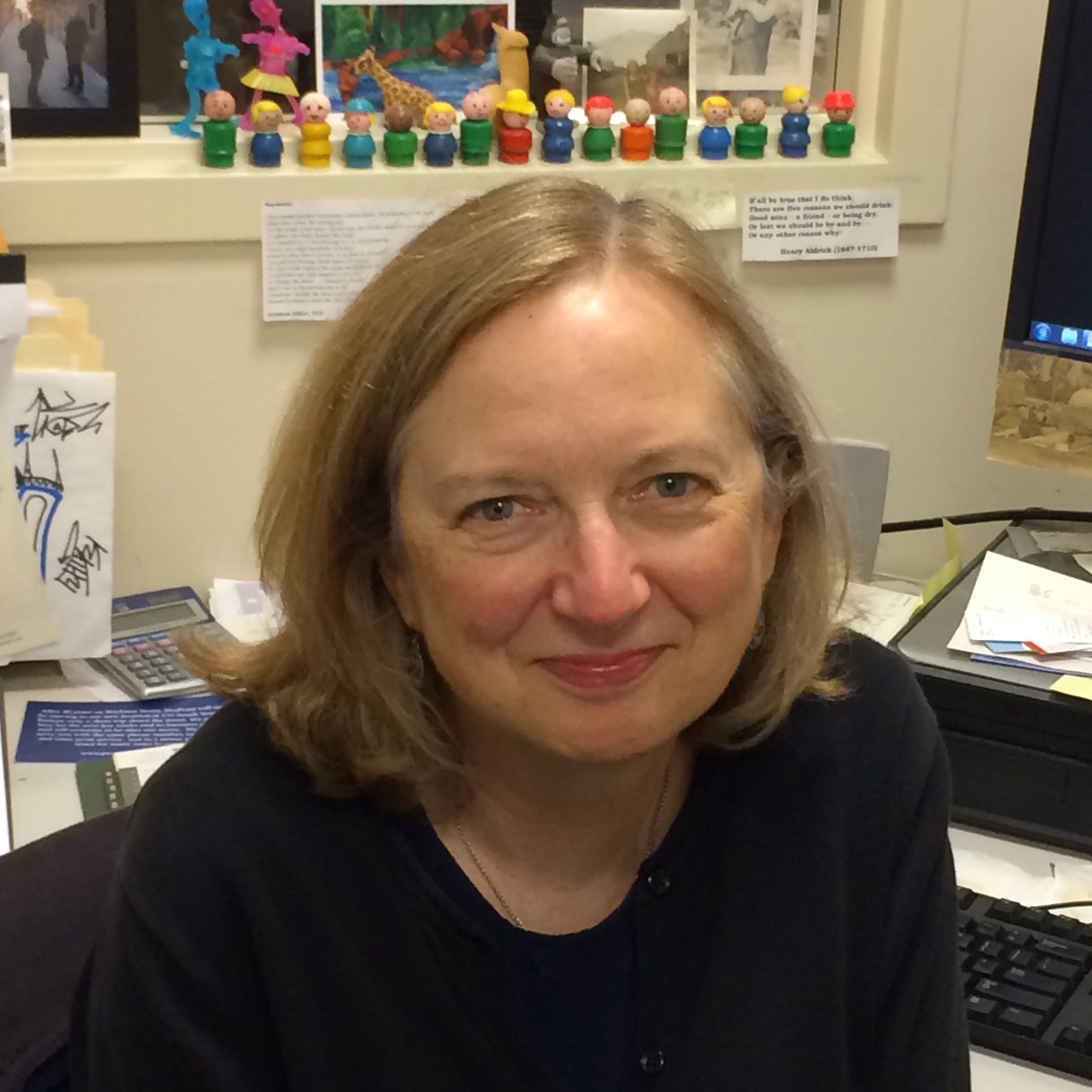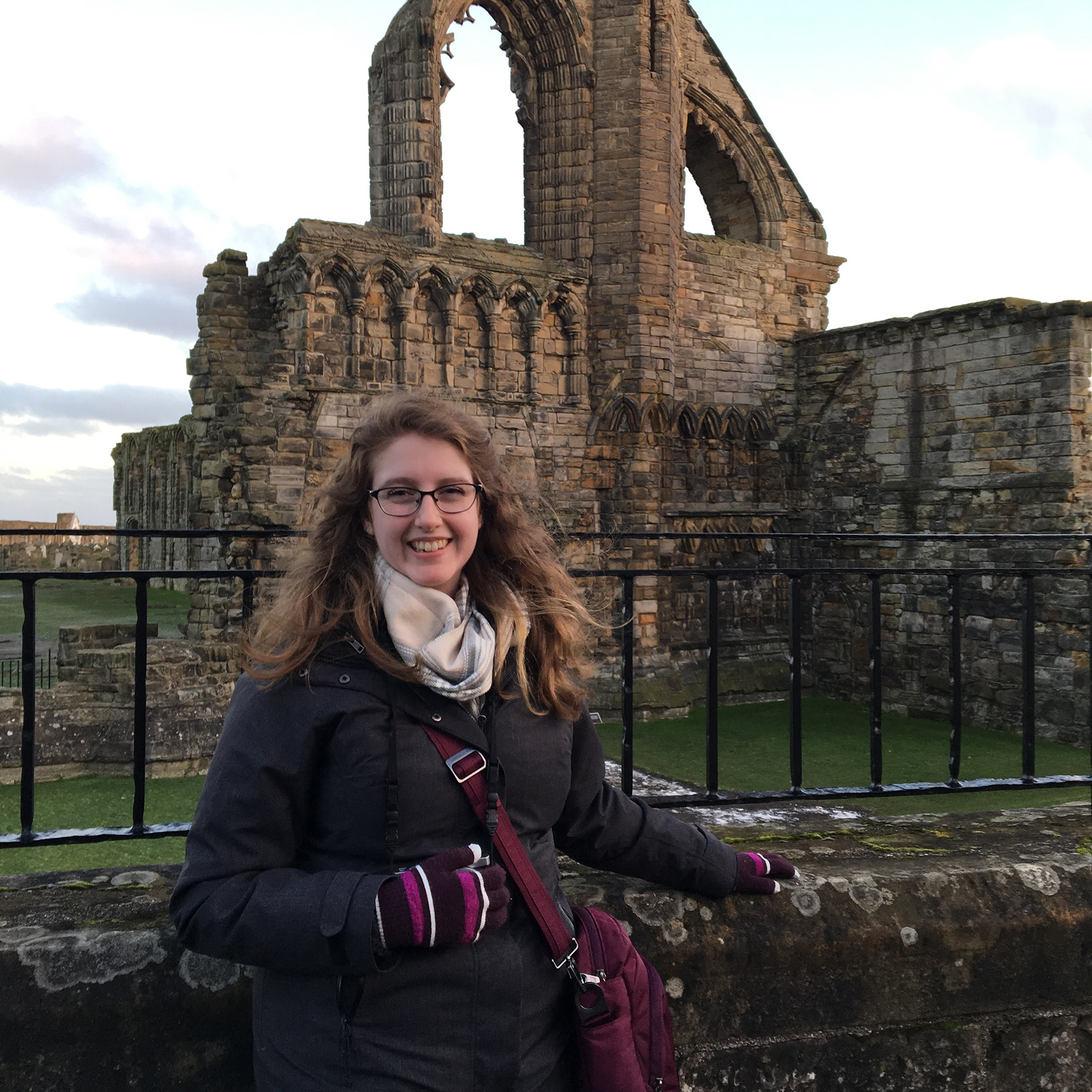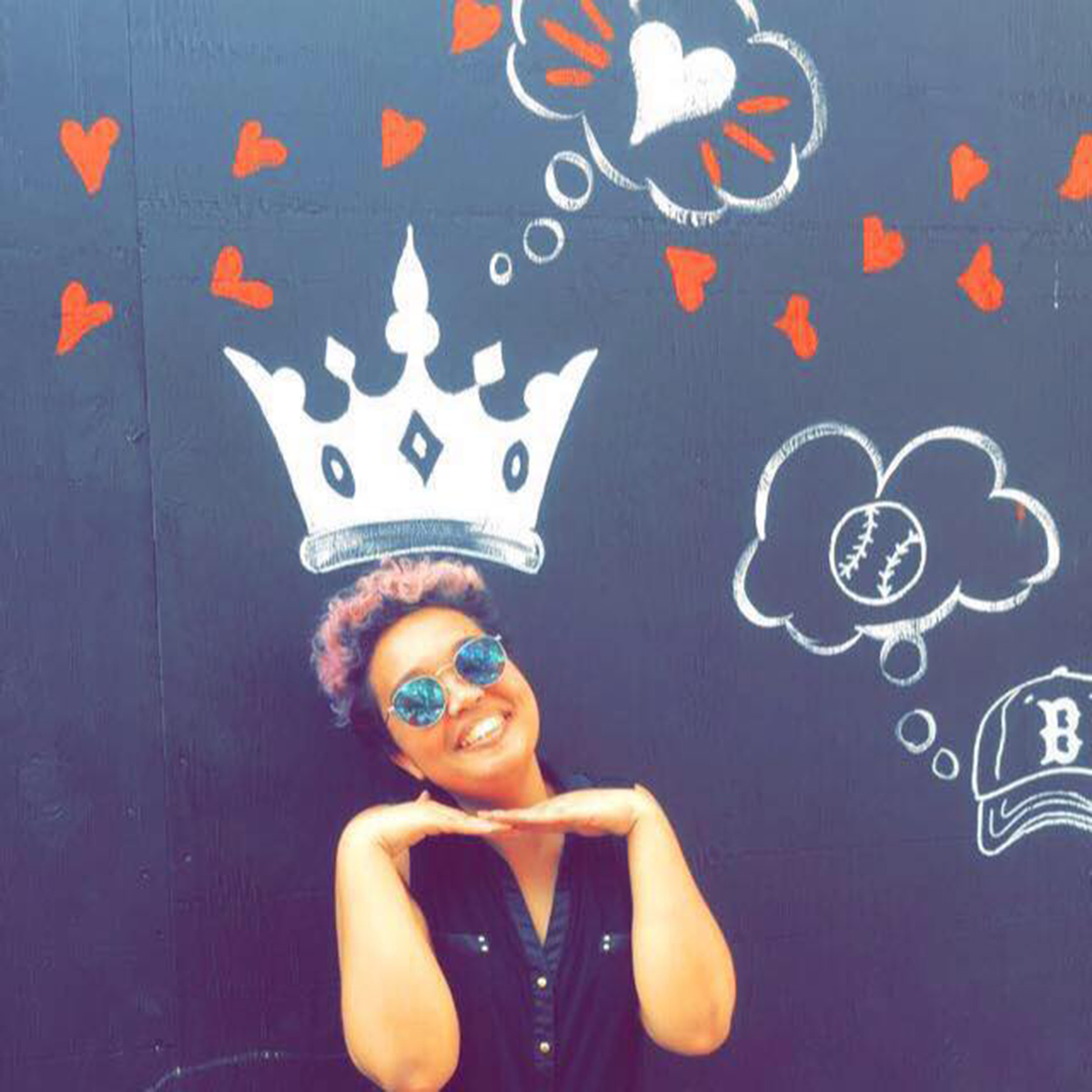By Rakashi Chand, Reader Services
This time of year often sparks an interest in the mysterious, gruesome, and spooky aspects of history. New Englanders often flock to Salem and other “haunted” spots with a keen interest in connecting with the people and the events that had transpired long ago. Within the walls of the MHS, you will find a few intriguing items that might even be considered “spooky.” But for those of us who spend our days delighting in the words, thoughts, and mementos of our forefathers and foremothers, these are fascinating pieces of history. Alas, as it is All Hollow’s Eve, I thought I might share a few of the more spooky items with you!
First up is the Salem Witch Bureau.
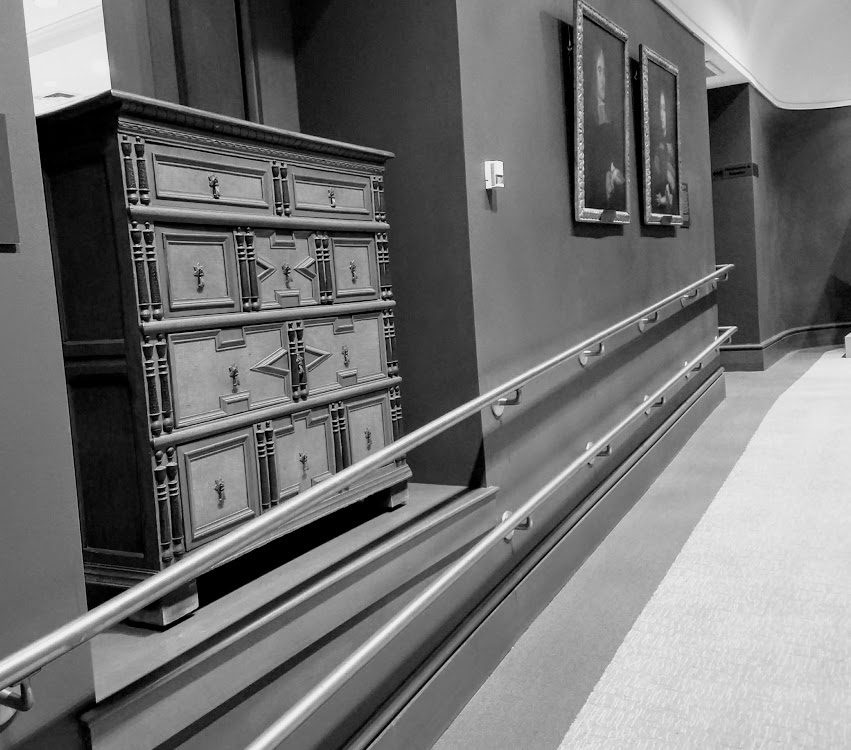
This rather unassuming bureau greets you on the way into our reading room. In actuality, it has a dark past. Supposedly, the bureau was evidence used in the Salem Witch Trails in 1692! In his will, Gen. William H. Sumner described this chest of drawers as “the Witch Bureau, from the middle drawer of which one of the Witches jumped out who was hung on Gallows Hill, in Salem.” So the next time you walk into the reading room, take a moment to ponder from which drawer the specter had jumped forth.
While on the topic of the Salem Witch Trials, the MHS houses the papers of Judge Samuel Sewall, one of the Judges who presided over the trials. Sewall kept a diary from 1673 until a few months before his death in 1730.
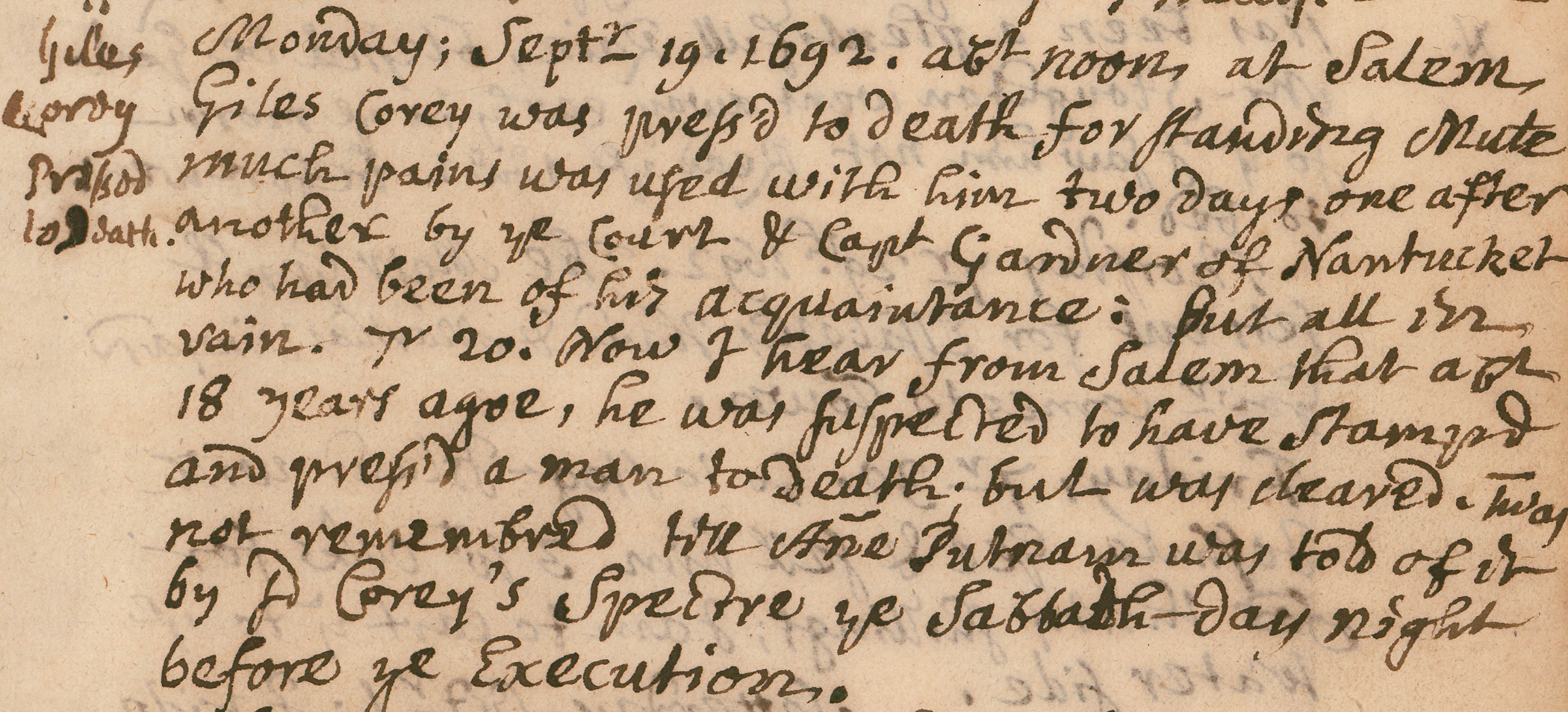
Perhaps most notable is his diary entry for 19 September 1692. He records:
“Monday; Sept-19th 1692. Abt noon, at Salem, Giles Corey was pressed to death for standing mute Much pains was used with him two days one after another by ye court & Capt. Gardner of Nantucket who had been his acquaintance: but all in vain. 20 Now I hear from Salem that abt 18 years agoe, he was suspected to have stamped and pressed a man to Death. But was cleared. twas not remembered till Ann Putnam was told of it by G Corey’s Specter ye Sabbath-Day night before ye Execution.”
Sewall later repented for his involvement and gained notoriety for his firm antislavery stance when he published The Selling of Joseph in 1700.
The MHS also has an item described as a “Piece of wood from a tree, place unidentified, reported to have been used for hanging witches in the 17th century.”
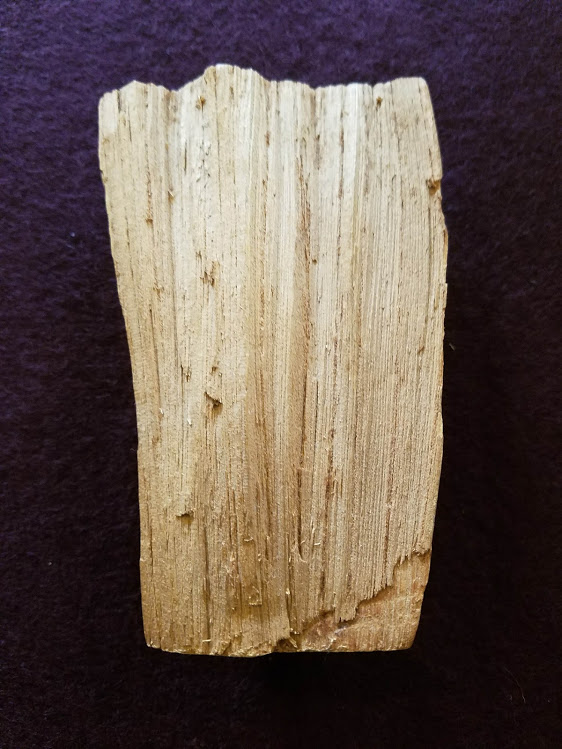
And here is a fascinating, yet eerie tidbit: not only do we have the letters, diaries and artifacts of those long departed, we also have pieces of them! (Oh, but yes indeed!) We have a surprisingly large collection of human hair, mostly given as pieces of mourning Jewelry and keepsakes to remember loved ones. Locks of hair would be cut from the deceased and kept, often intricately incorporated into a piece of jewelry, such as a ring or a broach. To learn more about pieces in our collection that contain human hair, visit our “Jewelry Containing Hair” page that is part of our Tradition of Anglo-American Mourning Jewelry, 17th to 19th Centuries online display.

We currently have hair from both Alexander Hamilton and George Washington on display as a part of our Hamilton at the MHS display. Be sure to stop by before 15 November to see it and check out other Hamilton artifacts online at www.masshist.org/hamilton.
Next, I would like to share a nifty hook with you! Not very spooky you say? What if I told you it was carved from human bone?
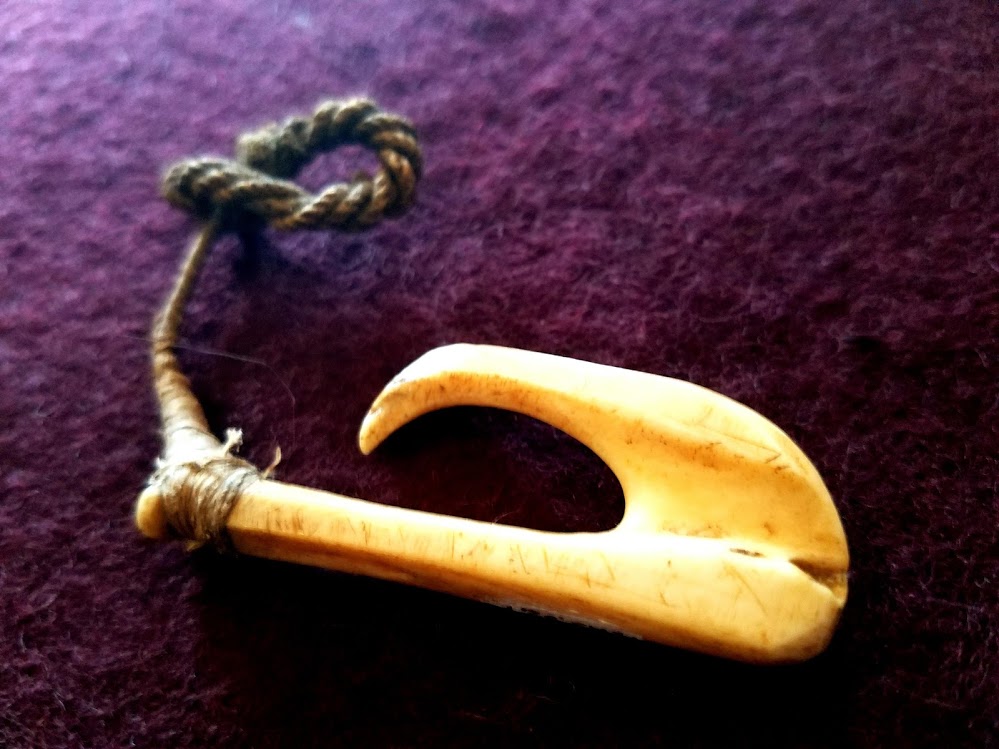
This fascinating artifact is a hook from the Sandwich Islands, supposedly made from a bone of Capt. James Cook. It is bone carved into a hook with a thin cord wound closely around the top of the shank and extending onto a wrapped and twisted section tied in a slip knot.
Well, enough about human remains! We also have a warbler preserved in arsenic, a death mask, and dolls. One such example is a doll belonging to members of the Codman and Butterfield families. “Rebeccah Codman Butterfield” is a very well preserved doll with an exceptional past.
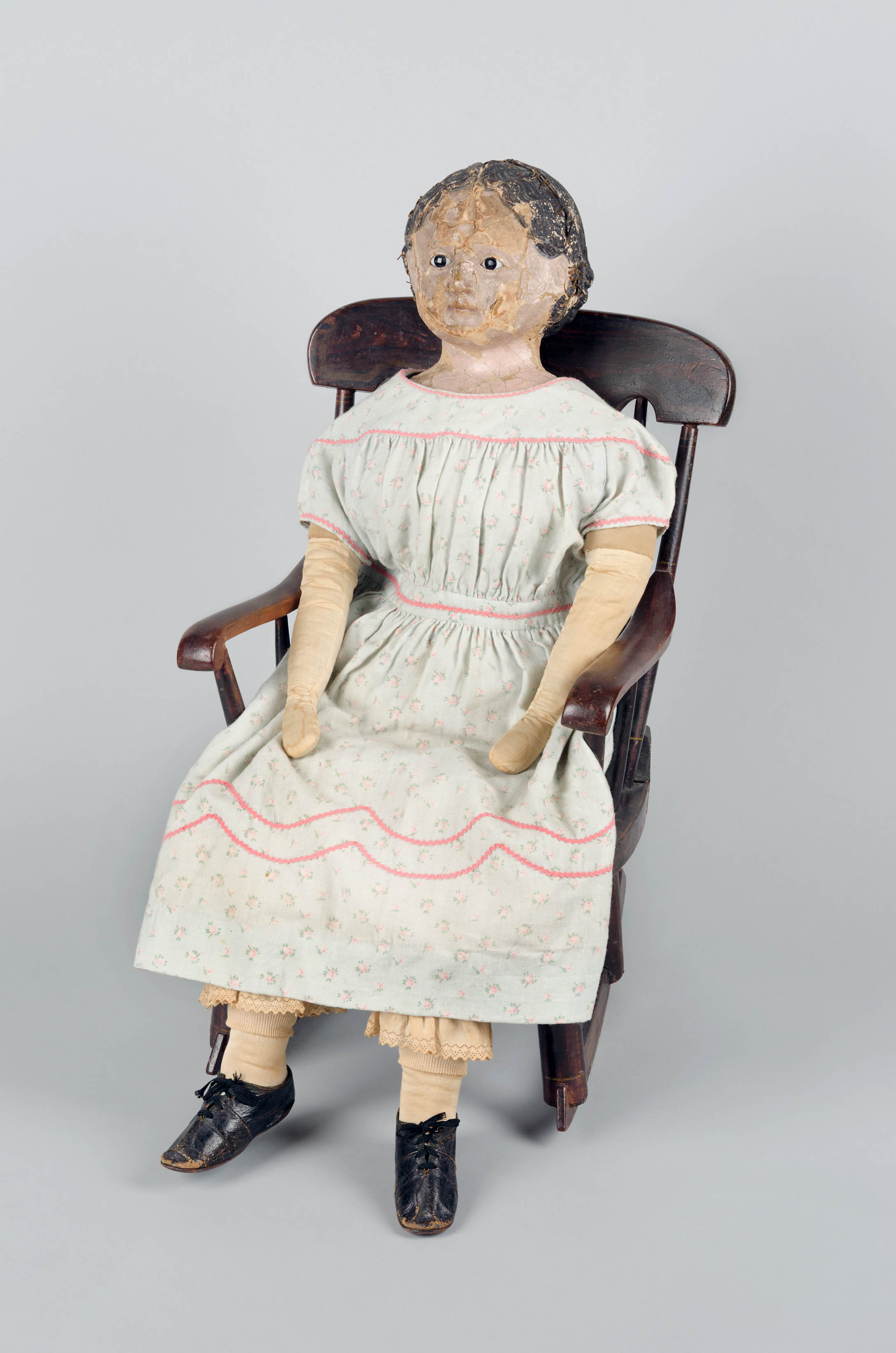
According to a note penned by the donor’s mother, Ellis Phinney Taylor, and pinned to the doll’s petticoat, Rebeccah’s life began long ago but not too far away:
“My name is Rebeccah Codman Butterfield. I was born in 1841. My mother made me and I was the darling of the Brook Farmers & their children. Brook Farm was called The Transcendentalists. I grew up with the Alcotts, George Ripley, John S [Dwight], Margaret Fuller, Ralph Waldo Emerson, Henry Thoreau, William Ellery Channing, Elizabeth Peabody & Nathaniel Hawthorne–no wonder I look a bit cracked!”
Read more about Rebeccah and the Codman and Butterfield families here.
Having worked at the MHS for a number of years, I must admit that we get all sorts of questions! I still recall welcoming a researcher to the reading room on a dark and gloomy December morning who looked at me with delight and asked “Do they talk to you?” I was unsure who she was referring to so she clarified and said “Ghosts! Are you ever approached by ghosts? You must have so many here!” While many hours are spent in the stacks, I am not aware of any archivist or librarian who has encountered a ghost. Though I must profess, the Society is not free from strange occurrences. In the Proceedings of the Massachusetts Historical Society (Third Series, Vol. 72 p.417), there is one account from the Annual Meeting in 1957 which has always struck me:
“We have had our trials and tribulations. The janitor on duty when your Director took office lost his mind in this building, here, before our very faces, and had to be locked up until he died;”
Hmm . . . not what you would expect to find while reading Annual Meeting notes. It continues:
“his very good successor died of a heart attack overnight; his brother and successor suddenly developed a strange illness and had to be relieved; the present janitor lost his wife and sole companion last June and is now desperately ill.”
The list of interesting artifacts found within our walls goes on and on, and so could I. But I leave you to browse our online—and fully searchable—catalog, Abigail, for “cool” and “creepy” items that intrigue you from the comfort of your living room . . . or crypt!
And with that, we wish you a safe, yet slightly-spooky, Halloween night!


